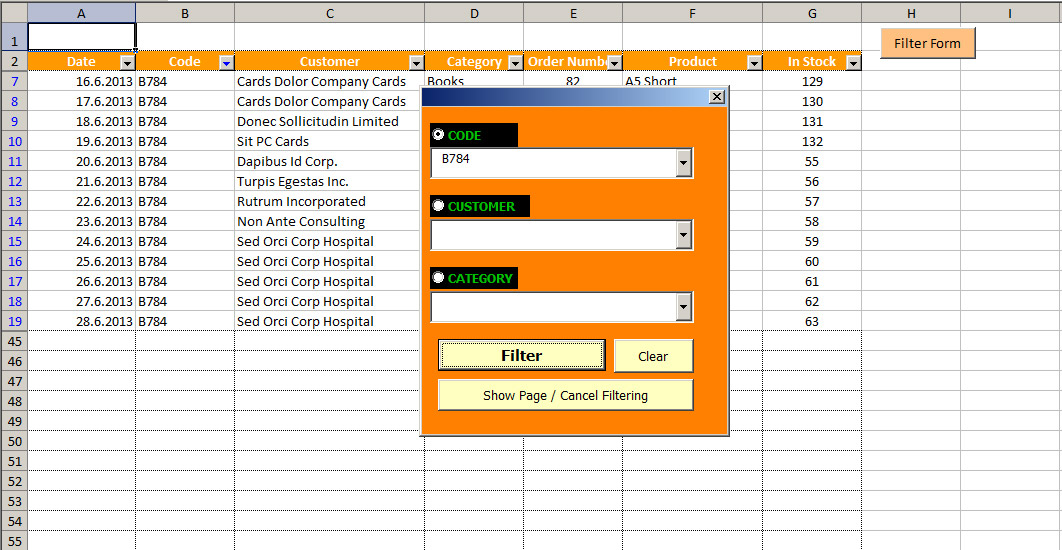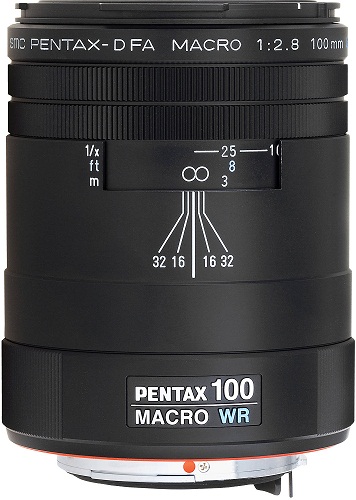

I find that it is best to put brief comments before sections of code. * # WARNING: Only works if varx is positive */ The # is something I can search for to find potential land mines is programs that are not used frequently or are one-offs where it may not be worth the time to code around likely problems.Īnd if MACROS are involved maybe comment twice as often. Of if using somewhat obscure code like newvar = (var1=3)*1 + (var2=4)*1 + (var3 = 1)*1 to create a 0 or 1 valued variable in one line instead of a bunch of if /then statements.ĭO note any code that may not work if the range of values changes!!!! I often place a comment like

For example I have data sets were coding standards changed over a period of time so there may be date dependent manipulations. I suggest that any not-intuitively-obvious code in a data step have a line or two of comment about why or what it does. Then in the body describe when the outline elements begin. I often at the head of the program have a section of comments to describe in brief english an outline of the program.


You can change the settings in a different spreadsheet so you get the desired result when you open the workbook in question.I think the idea of description of why a data step or block of procs is used is a good idea. This will then not run the macro automatically but instead ask you for permission. The quickest way way prevent a macro running automatically when you open Excel is to disable macros in the Excel security settings. Of course, now you know how to create a macro that runs automatically when you open Excel, it is useful to know how to prevent it. Stop a macro automatically running when Opening Excel We hope this will help you in Excel to auto run macros and implement the functionality to run a macro when workbook opens. Again replace “Msgbox “Hello”” with your macro command: Use the following if you wish to put the macro in your workbook as opposed to in a module. Need help? Use our nifty guide to help figure out how to install and use your macros. Replace “Msgbox “Hello” ” with whatever macro commands you wish to have run whenever your file is opened. This is how you easily make a macro run automatically in Excel when a workbook is opened. Remember to save as a macro enable workbook Enter the VBA code you wish to be executed when your workbook is opened.Open the VBA editor and create a sub called Auto_Open().To automatically run a macro when you open excel, follow these simple steps This will make Excel run macro on open and is the quickest way to run a macro automatically on opening an excel workbook. Enter whatever commands you wish to have executed on opening the file and end with End Sub. Insert your macro code into a module, start with Sub Auto_Open().


 0 kommentar(er)
0 kommentar(er)
